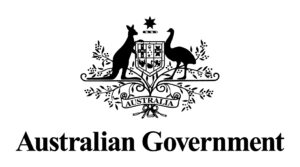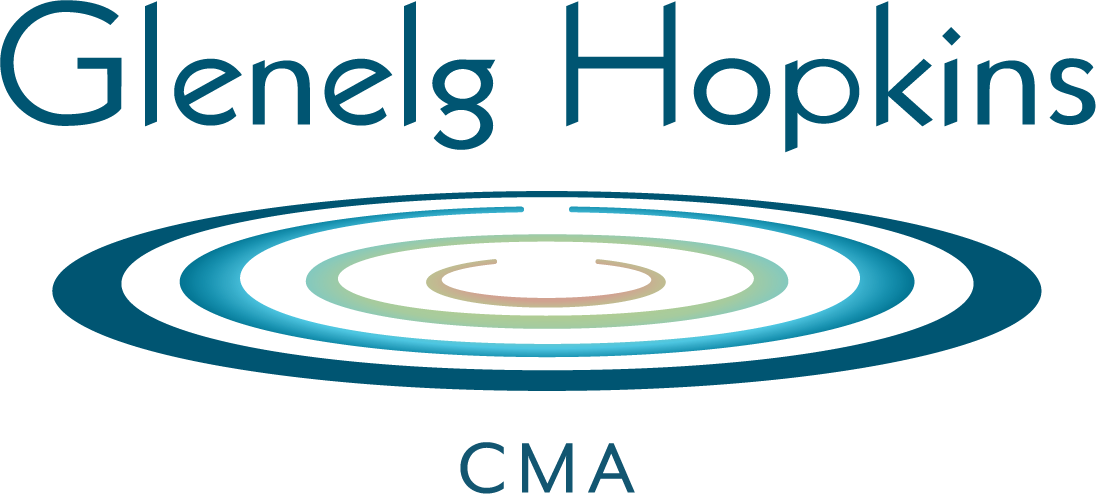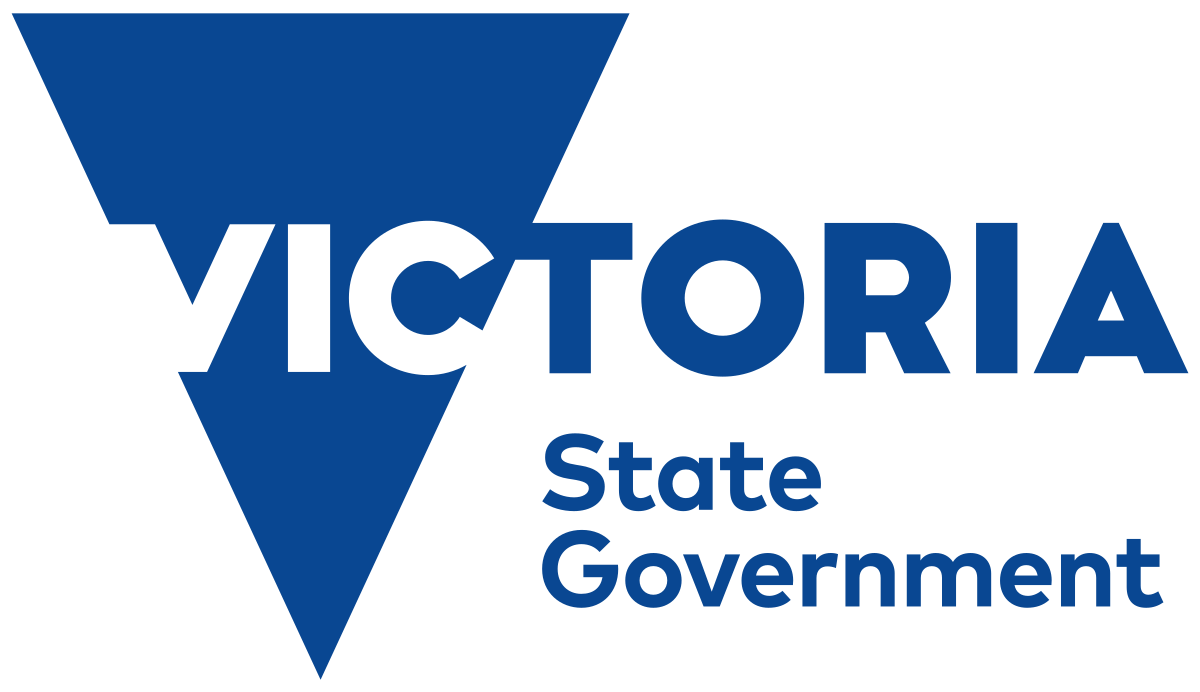Growling Grass Frogs
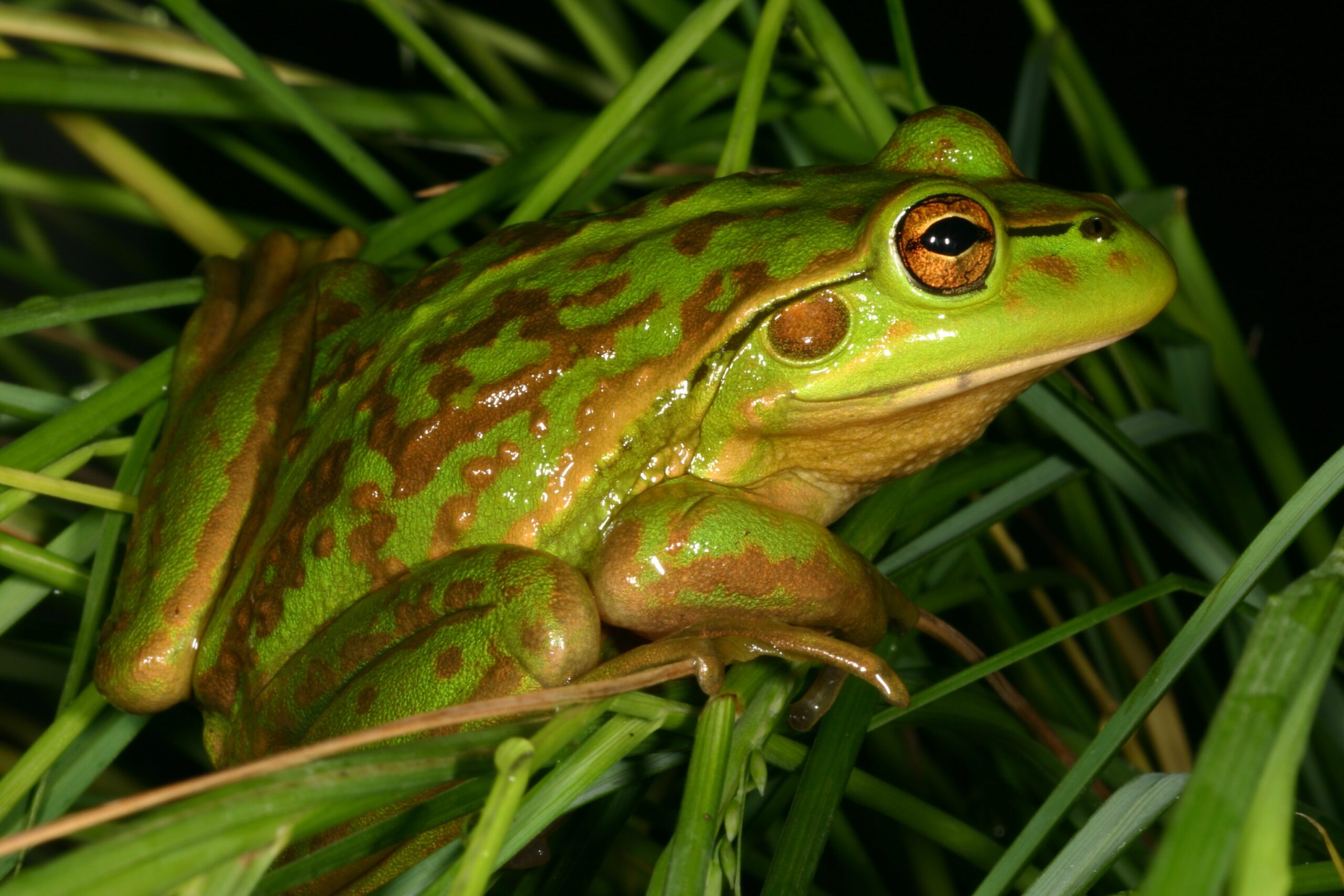
Growing growler numbers in the Glenelg Hopkins region
This project will improve the trajectory of the Growling Grass Frog (Litoria raniformis) through improved land management on private land, protection and restoration of priority habitat.
Investment: $500,000 through the Australian Government’s Saving Native Species Program
Project Timeframe: 2025-2027
What is the Growling Grass Frog?
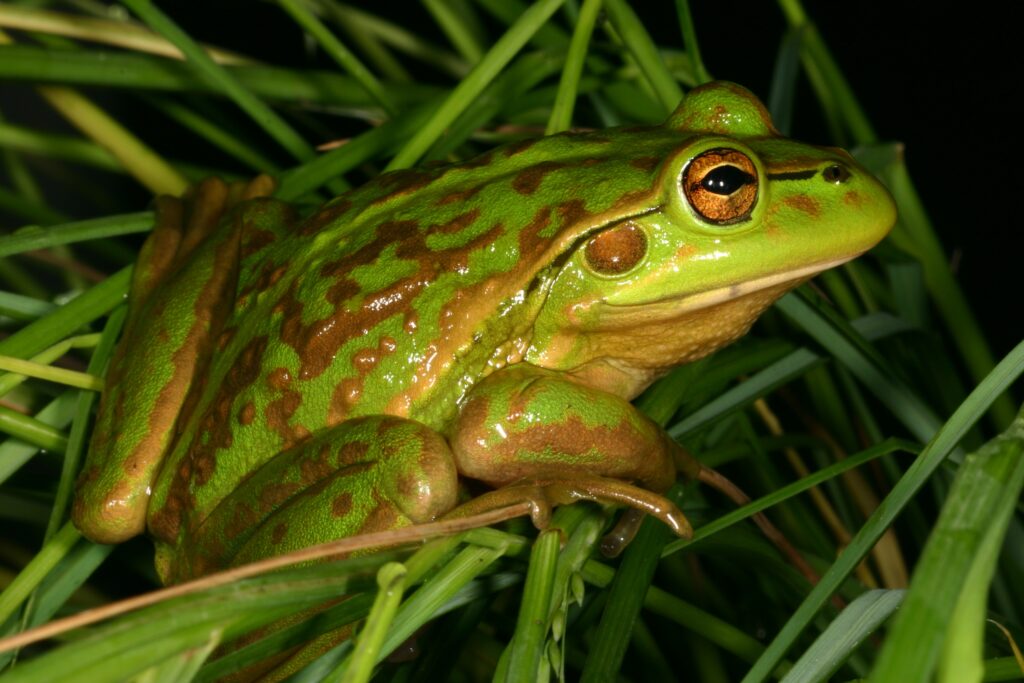
Once common throughout south-east Australia, this little critter is now listed as ‘vulnerable’ in Victoria.
Growlers, as they’re affectionately known, are shy creatures and can be difficult to spot. They’re usually found in wetlands or slow-moving pools of water, basking in the sun on the leaves of floating plants, or foraging for insects and spiders in open grassy areas.
Migration between populations is essential for the long-term survival of this species – they often travel hundreds of metres searching for breeding habitats.
What does the Growler sound like?
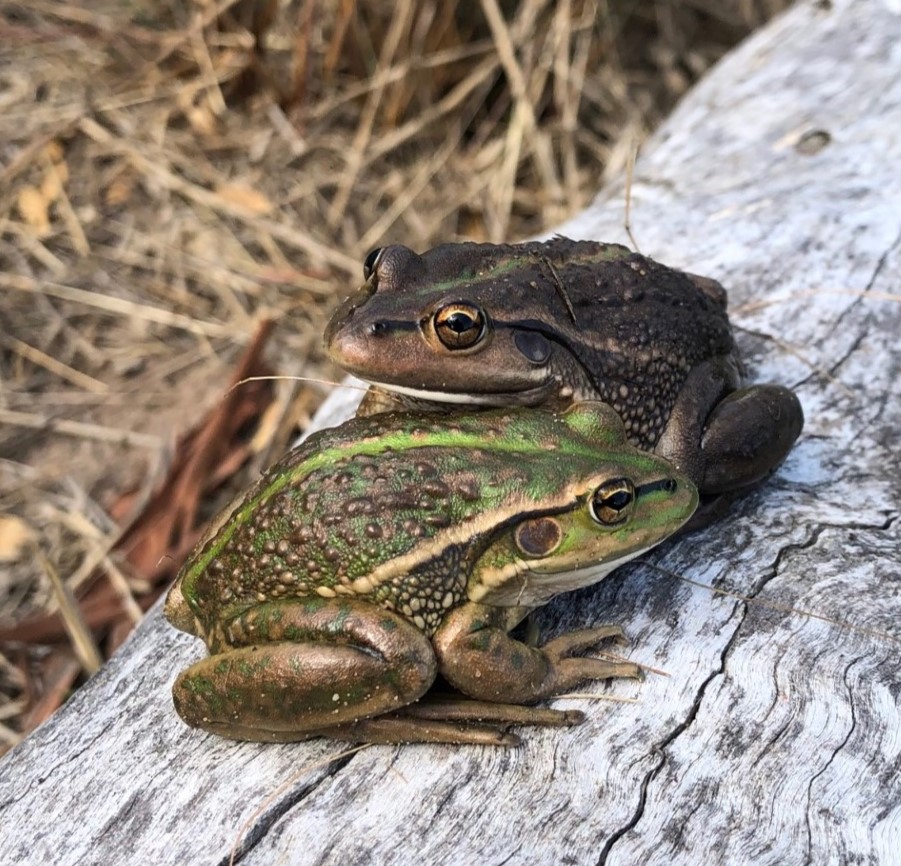
The Growling Grass frog has a distinctive call that can be heard in the calling and breeding season beteen August and April. Males will begin calling from August.
What is the project doing?
This project aims to improve the trajectory of the Growling Grass Frog (Litoria raniformis) through improved land management on private land, protection and restoration of priority habitat.
Key actions include:
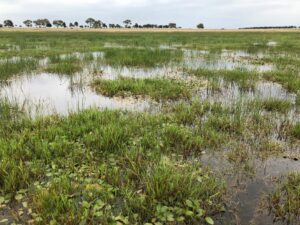
- Synthesising available data from recent Growling Grass Frog studies in the region, including distribution and habitat connectivity
- Supporting private landholders with site-specific best-practice management advice for improvement of wetland habitat for Growling Grass Frogs
- Providing incentives to implement management actions, including weed control, fencing to regulate/prevent stock access in wetlands and alternative stock watering
- Protecting habitat under improved land management through new 10-year conservation agreements
- Improving hydrological regimes through wetland restoration where appropriate
- Encouraging Traditional Owner participation and management, as appropriate
- Awareness raising through community engagement.
What can you do to help the growler?
Veg the edge!
If you have a wetland area on your farm that is or could be Growling Grass Frog habitat, make sure you vegetate the edge of it to provide habitat for the frog not just to live in and around, but also lay their eggs around.
The Glenelg Hopkins CMA can provide help with plant selection if new vegetation is required, or simply protect and encourage natural revegetation of what’s already there by fencing it off, and undertaken some week control works.
If you’ve got a wetland and keen to know what funding might be available, get in touch with the project officer Jacinta Hendriks ph (03) 5571 2526 OR email j.hendriks@ghcma.vic.gov.au
Log the the croaks!
If you are in our region and hear the distinct call of the Growling Grass Frog, or see one, logging it online helps everyone understand where the frogs are.
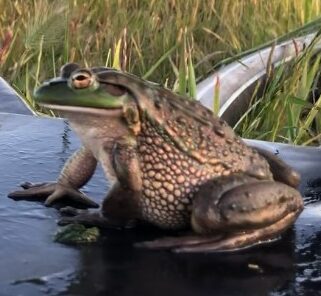
If you can get a photo of the frog, the iNaturalist app has the capacity to have information about the geographical location of the sighting recorded.
This information then builds a clearer picture for everyone about where the frogs are so we can concentrate our project efforts more efficiently.
And even if it isn’t a Growler – images of frogs from around our region helps us understand where wetlands are sustaining frog populations.
The iNaturalist App is available via the app store of your device for both iphone and android users.
How else can you help?
Load the FrogID app: Can we please also promote the Australian Museums FrogID app and getting people to record and log calls through that? Home | Australian Museum FrogID Project.
Participate in National Frog Week in November: FrogID week is an event run in November to see how many frogs people all around Australia can find. Find out more here: FrogID Week | Australian Museum FrogID Project
Seen a dead frog? Snap a pic! Yes, we really mean this! Since winter 2021, the Australian Museum’s Herpetology department has been working closely with Australian Registry of Wildlife Health and government biosecurity and environment agencies to understand the scale of the mass frog deaths across Australia, leading the research to understand the likely causes. If you observe a sick or dead frog, please email your observation (including photos and location information, if possible) to the Australian Museum’s FrogID team at calls@frogid.net.au.
This project is funded through the Australian Government’s Saving Native Species Program and delivered by the Glenelg Hopkins CMA.
